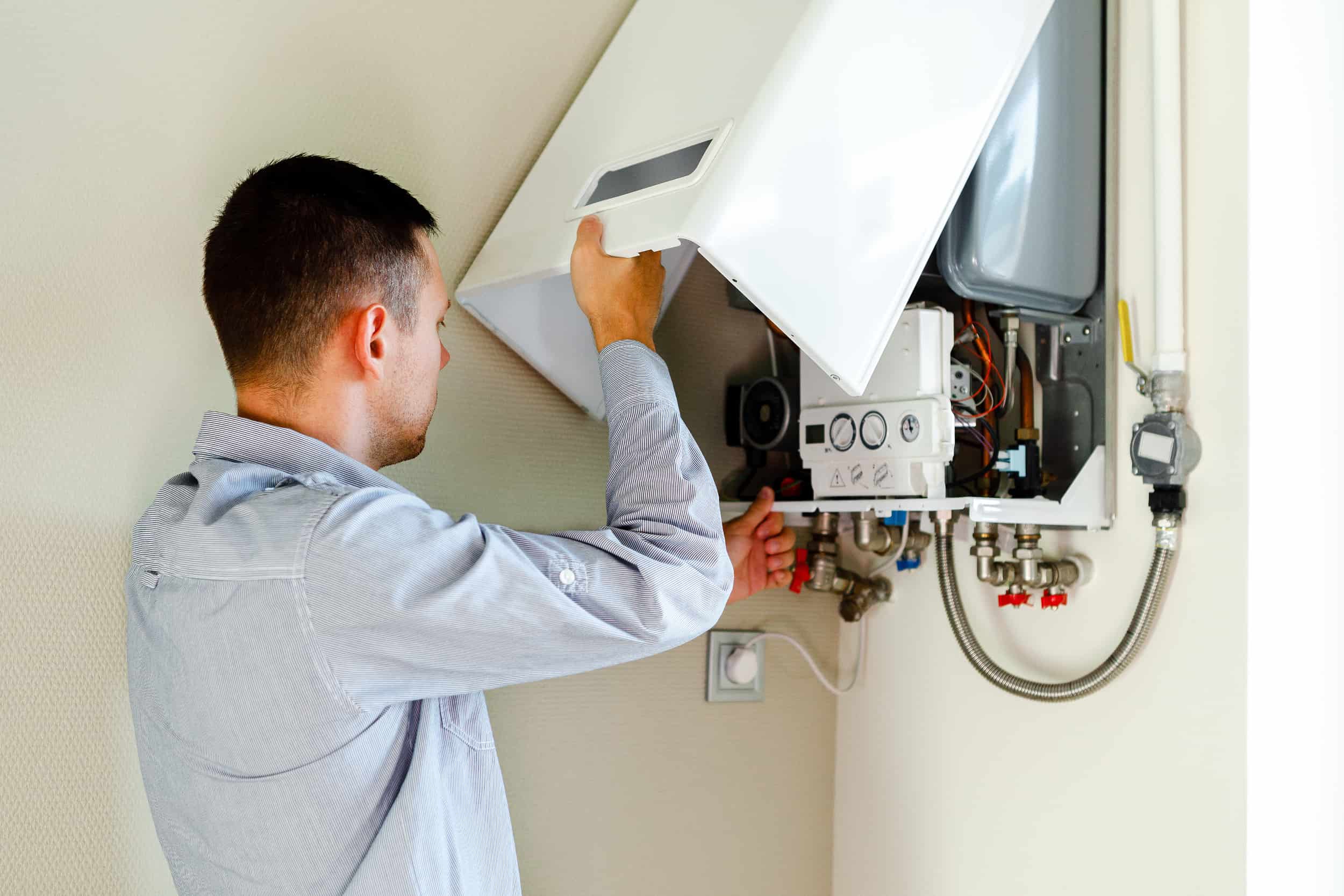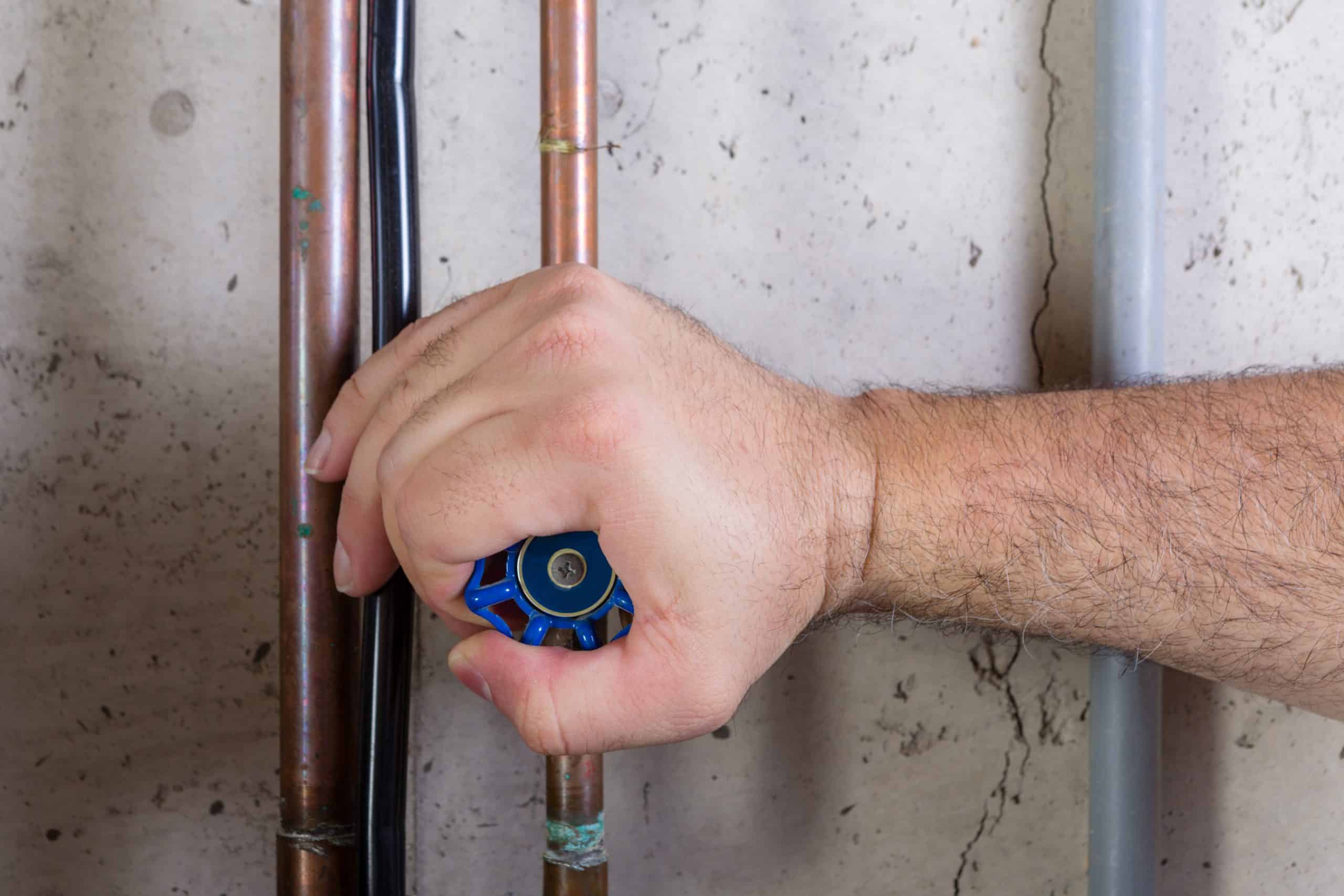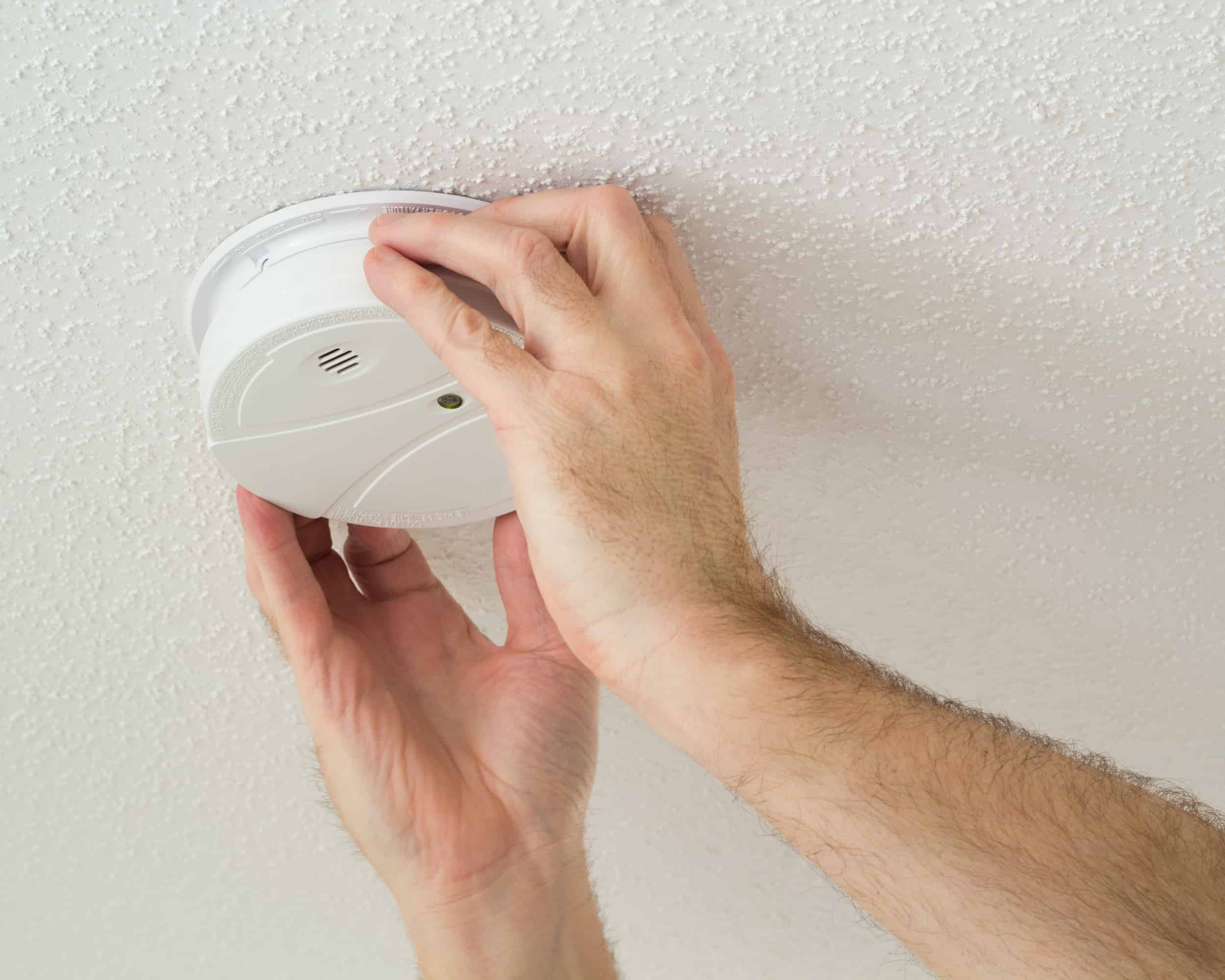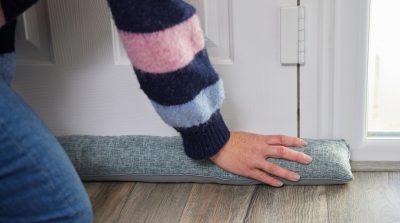It’s essential that landlords and property managers work with tenants to protect rental properties in winter. The snow and freezing temperatures arrived with a bang in December, wreaking havoc in homes across Scotland as pipes froze and burst, boilers broke down and people were left without heating.
So, here are ten top tips to help protect your rental properties in winter, meaning that you can get on with enjoying the best of the season. Winter wonderland walks, cosy gatherings and hot toddies – here we come!
Make sure annual boiler checks are up to date
Having your boiler serviced annually is one of the ideal ways of keeping it in the best shape possible.
A full service will include a visual check on the whole boiler, a strip down and clean of the major components and a check of the ventilation and flue, along with a flue gas analysis. This will identify whether the appliance is burning correctly and more importantly, burning the right amount of gas. The latter is very important right now with energy bills skyrocketing.
In addition, it will also help identify any potential issues quickly and efficiently, such as cold spots that may be vulnerable to freezing. Then, repairs can be made early, before faults worsen, cause more damage and cost more to fix.
Show your tenants how to check the boiler pressure gauge
Low boiler pressure can be a sign of issues with your heating system and can lead to major problems such as boiler leaks, no hot water and no heating, if not rectified quickly.
Make sure your tenants regularly check the pressure gauge, especially after bleeding their property’s radiators. The pressure gauge will either be on the front of the boiler or just underneath. It looks exactly like the pressure gauge on a bike or car tyre pump and will have numbers 0-4 on display. When the boiler is off, the gauge should show around 1 bar of pressure. If the boiler is working, it should show around 1 to 2 bars of pressure.
If the boiler pressure is below 1.5 bar, then you can increase the pressure by using the filling loop to put more water into the system. First, you need to find the filling loop – this could either be under the boiler attached to the boiler isolation valves, under the boiler with a big silver loop joining two pipes together, or somewhere else in your heating system. Other typical places to look include under your kitchen sink, in an old airing cupboard, behind a pipe box under the boiler, or next to the boiler. If you cannot find your filling loop, you will need to call a professional to help you locate it.
If you or your tenants need help to find the filling loop, or the boiler repeatedly loses pressure, then you should call a Gas Safe registered engineer to investigate.
Remind your tenants to keep their heating on low in unused rooms, or if they’re away
It’s tempting to turn off the heating to save money, particularly given the current cost of living crisis. However, if tenants switch the heating off or only heat a few rooms in their property, then they run the risk of frozen and burst pipes – with a costly clean-up and repair bill for their landlord.
Using a timer to have the heating turned on, on the lowest heat setting or the frost setting, for a few hours in the morning and evening will ensure that heat continues to circulate through the system. As well as stopping pipes from freezing, this will also help to protect your rental properties in winter against damp and mould.
If your tenants are finding times hard, then make sure they know where they can find help with energy bills.
Ensure your pipes and water tank are insulated
It’s likely that your property’s pipes are already lagged, or insulated, particularly if this isn’t your first winter in Scotland as a landlord. But, have you checked that all the insulation is still in place?
Pipe insulation is a key part of protecting rental properties in winter, so make sure that outside pipework is lagged as well as pipes in any forgotten spaces, like a garage or attic. Water tanks should also be insulated with a ‘jacket’, particularly if they’re fitted in colder spaces.
Make sure tenants know how to defrost frozen condensate pipes
A huge number of costly boiler callouts each winter are due to frozen condensate pipes, however, defrosting them is easily done, without the help of an engineer.
If you have a condensing boiler in your property, then it will have a condensate pipe carrying away wastewater from the boiler to a waste pipe system or outdoor drainpipe. Pipes running to outdoor drainage are more susceptible to freezing – a gurgling sound from the boiler is an indicator of this. A frozen condensate pipe means the boiler then won’t start, so your tenants will be left without heating or hot water.
The exterior condensate pipe is usually white plastic, so ensure you know where it is and make sure your tenants know, too. If the water inside it freezes, they simply need to pour warm water along the pipe until the ice inside begins to melt and falls out. It’s important to note never to use boiling water for this – this could damage the pipe, leading to further issues. Once the pipe is clear, your tenants can restart the boiler by following the instructions in their boiler manual.
Insulating the condensate pipe will help reduce the risk of it freezing.
Check smoke alarms and carbon monoxide detectors are installed, working and in date
The need to keep people and homes warm through the winter can increase fire risk – are your tenants cosying up in front of a fire or brightening the dark evenings by lighting candles?
Every home in Scotland now must legally have interlinked smoke alarms, with a heat alarm in the kitchen. In addition, every room containing a carbon-fuelled appliance (including boilers, fires, non-electric heaters) or flue must also have a carbon monoxide detector.
Make sure the correct alarms and detectors are fitted in your properties – these must be either sealed battery or mains-wired alarms. Mains-wired alarms must be installed by a qualified electrician and must be replaced every ten years. Sealed-battery alarms should be tamper-proof for the duration of its lifespan, which may be up to 10 years. All detectors must have a clear installation date and expiry date.
Make sure tenants know where to turn off the water and gas in an emergency
Should the worst happen, making sure that your tenants know where to turn off the water and gas will help to minimise the damage.
The water is turned off by a stopcock or inside stop valve, usually found just after the water pipe enters the property. This is often under the kitchen sink, but might also be near the front door, in a garage or utility room, in the bathroom, in an airing cupboard or under the stairs.
A block of flats might have a communal inside stopcock, again usually found where the water supply enters the building. There may also be additional stopcocks where the water supply enters your flat.
The gas is turned off by an emergency control valve, or ECV – this is usually found right next to the gas meter, but there may be multiple ECVs in larger properties.
Make sure tenants know who to contact in an emergency
Again, should the worst happen, do your tenants know who they should contact?
If you as the landlord are their emergency contact, then you need to make sure you have a list of all the essential contact numbers. Or, if you’re leaving your tenants to manage any issues, make sure that they have a list of all your preferred trades and services. Remember to check that these companies are open over holiday periods and offer out-of-hours cover.
Find out if your boiler has automatic frost protection
If the boiler is in a colder area of your rental property, then it’s possible that the water within it could freeze in the winter weather. This could cause expensive internal damage to the boiler.
The good news is that modern boilers have a built-in frost protection safety feature. This automatically turns on the boiler when the water in the system drops below a certain temperature – usually around 5 degrees Celsius. It will then turn off again automatically when the water reaches another set temperature, usually around 10 degrees Celsius. As the heated water isn’t circulated around the heating system, the boiler uses minimal energy for frost protection, meaning that there is little impact on tenant’s energy bills.
If the boiler in your rental property is an older model, without frost protection, then you can install a separate frost protection thermostat.
If you’re unsure whether your boiler has the automatic protection feature or not, check with your local Gas Registered engineer.
Be sure to have landlord insurance in place
To protect your rental properties in winter, it is essential that you have appropriate landlord insurance in place.
While your buy-to-let mortgage is likely to stipulate insurance cover as a condition, you should ensure that you have the right cover in place for your property and your tenants. Unforeseen events can and will happen, particularly over the winter – and with the average cost of repairs caused by a burst pipe during freezing weather at a whopping £8,800, it’s important to check you have cover in place!














